Get Pre-Approved Today!
Check Rates with Multiple Lenders and Get Pre-Approved in Minutes!


Conventional 97 Loan Program Requirements and Eligibility

The Conventional 97 loan program is a low down payment mortgage option that requires just a 3% down payment, making it a great choice for first-time homebuyers.
What is a Conventional 97 Loan?
The Conventional 97 loan is a mortgage product designed to make homeownership more accessible for first-time buyers. Created by Fannie Mae and Freddie Mac, it is a response to the demand for low down payment mortgages. The program allows qualified buyers to finance up to 97% of the home’s purchase price, requiring only a 3% down payment from the borrower.
Unlike FHA loans, which require both an upfront mortgage insurance premium (MIP) and ongoing monthly MIP payments, the Conventional 97 program only requires private mortgage insurance (PMI) until the loan reaches an 80% loan-to-value (LTV) ratio. This can result in lower overall costs over the life of the loan, making it a more cost-effective option for buyers with good credit.
Who is Eligible for Conventional 97 Loans?
This program is available to first-time homebuyers, defined as individuals who have not owned a home within the last three years. It also requires that the property be a primary residence, meaning that investment properties and second homes are not eligible for this loan type.
What are the Conventional 97 Loan Requirements?
To qualify for a Conventional 97 loan, borrowers need to meet specific criteria. While similar to standard conventional loans, the program has some additional requirements tailored to first-time buyers:
- Minimum Credit Score: A score of at least 680 is typically required, though some lenders may offer slight flexibility with strong compensating factors.
- Maximum Debt-to-Income (DTI) Ratio: The maximum allowable DTI ratio is 43%, though borrowers with higher credit scores may be able to qualify with a DTI up to 50%.
- Down Payment: A 3% down payment is required, which can come from the borrower’s own funds or be gifted by a relative.
- Property Types: Eligible properties include single-family homes, PUDs (Planned Unit Developments), condos, townhomes, and co-ops.
- Occupancy Requirement: The loan is for primary residences only; borrowers must live in the property as their primary home.
- Income Requirements: While the standard Conventional 97 has no specific income limits, its variants like HomeReady and Home Possible have limits based on the area median income (AMI).
Types of Conventional 97 Loans
The Conventional 97 program includes options that cater to specific financial needs and backgrounds, primarily through Fannie Mae’s HomeReady and Freddie Mac’s Home Possible loans.
Fannie Mae HomeReady Loan
HomeReady is a flexible, low down payment program that focuses on providing affordable options for first-time homebuyers and those in underserved communities. It offers:
- 620 Minimum Credit Score: Borrowers with a 620 credit score can qualify, but better terms are available with higher scores.
- 3% Down Payment: The down payment can be sourced from gifts, grants, or community second loans.
- Income Cap: To qualify, a borrower’s income cannot exceed 80% of the area median income (AMI), targeting low- to moderate-income buyers.
- Flexibility in Income Sources: HomeReady allows borrowers to use non-borrower household income to help qualify, which can be useful for multi-generational households.
Freddie Mac Home Possible Loan
Freddie Mac’s Home Possible loan is another variant of the Conventional 97 program, designed to help first-time buyers secure homeownership with a low down payment.
- 640 Minimum Credit Score: Borrowers need at least a 640 credit score to qualify.
- 3% Down Payment: Just like HomeReady, this can be funded through personal savings, gift funds, or community assistance programs.
- Income Limits: Borrowers must have an income not exceeding 80% of the AMI, similar to HomeReady.
- Lower PMI Rates: Home Possible may offer more competitive PMI rates, making monthly payments more manageable.
Conventional 97 Loan vs. FHA Loan
When comparing the Conventional 97 loan to an FHA loan, it’s important to consider the differences in credit score requirements, down payment needs, and the cost of mortgage insurance. Here’s a detailed comparison:
| Feature | Conventional 97 Loan | FHA Loan |
|---|---|---|
| Minimum Credit Score | 680 (620 for HomeReady/Home Possible) | 580 with 3.5% down, 500 with 10% down |
| Down Payment | 3% | 3.5% for 580+ credit, 10% for 500-579 |
| Mortgage Insurance | PMI, cancellable at 78% LTV | Upfront MIP of 1.75% + ongoing annual MIP |
| Upfront Costs | No upfront PMI cost | Requires upfront MIP payment |
| Income Limits | Only for HomeReady/Home Possible | No income limits |
| Loan Type | Only for owner-occupied properties | Primary residence only |
| Refinance Options | Available up to 97% LTV | Available for lower credit borrowers |
In-Depth Comparison
The FHA loan is more accessible for borrowers with lower credit scores and higher debt-to-income ratios, making it a preferred option for those with credit challenges. However, FHA loans come with higher insurance costs due to the upfront MIP and mandatory annual MIP, which can make them more expensive over time. On the other hand, the Conventional 97 loan offers more long-term savings for those who can meet its stricter credit requirements.
Key Benefits of Each Loan
Understanding the strengths of each loan program helps borrowers choose the right fit for their needs:
Conventional 97 Loan Benefits:
- No Upfront PMI: Unlike FHA loans, there’s no need to pay an upfront mortgage insurance fee, reducing initial costs.
- PMI Cancellability: PMI can be removed once the borrower reaches a 78% LTV ratio, eliminating monthly insurance costs.
- Higher Loan Limits: Conventional 97 loans can be used in higher-priced areas, making them suitable for homes that exceed FHA loan limits.
- Gift Funds: The entire down payment can come from gift funds, helping buyers who may not have saved enough for a down payment.
FHA Loan Benefits:
- Lower Credit Requirements: FHA loans are accessible to borrowers with credit scores as low as 500.
- Flexible Debt Ratios: FHA allows for a DTI ratio up to 50%, which can help buyers qualify even with existing debt.
- Down Payment Assistance: FHA loans often pair well with down payment assistance programs, making it easier to cover initial costs.
Other Low and No Down Payment Mortgage Programs
While the Conventional 97 and FHA loans are popular, other options can also help buyers achieve homeownership with minimal upfront investment:
- VA Loans: Available to veterans, active-duty service members, and their families. VA loans offer 100% financing with no mortgage insurance requirements, making them one of the most affordable options for those who qualify.
- USDA Loans: Designed for rural and suburban homebuyers, USDA loans offer zero-down financing for low- to moderate-income buyers. Eligibility is determined by location and income limits based on the area.
- Conventional Loans with 5% Down: For borrowers who don’t meet the 3% down requirements, a standard conventional loan with a 5% down payment may still provide better terms than an FHA loan.
Frequently Asked Questions
What is the minimum credit score needed for a Conventional 97 loan?
A credit score of 680 is generally required to qualify for a Conventional 97 loan. For borrowers using HomeReady or Home Possible programs, a 620 score might be acceptable.
How does a Conventional 97 loan compare to FHA loans in terms of costs?
Conventional 97 loans can be more cost-effective over time since Private Mortgage Insurance (PMI) can be canceled once you reach 78% loan-to-value (LTV). FHA loans, however, require both an upfront mortgage insurance premium and monthly MIP throughout the loan term.
Can I use gift funds for the down payment on a Conventional 97 loan?
Yes, you can use gift funds to cover the entire down payment, making it easier for first-time buyers to secure the required 3%.
Is there an income limit for the Conventional 97 loan?
The standard Conventional 97 loan has no income limit. However, the HomeReady and Home Possible programs, which are alternatives under the 97% LTV model, require that a borrower’s income does not exceed 80% of the area median income (AMI).
What types of properties are eligible for a Conventional 97 loan?
Eligible properties include single-family homes, condos, co-ops, townhomes, and PUDs. The loan is available only for primary residences, not for second homes or investment properties.
How much will Private Mortgage Insurance (PMI) cost for a Conventional 97 loan?
The cost of PMI varies based on factors such as credit score, down payment, and loan amount. Generally, it can range from 0.5% to 1% of the loan amount per year, with higher credit scores reducing the cost.
Can I refinance my existing mortgage into a Conventional 97 loan?
Yes, you can refinance up to 97% of your home’s value with a Conventional 97 loan, as long as the original loan is backed by Fannie Mae or Freddie Mac.
Why is the Conventional 97 loan program primarily for first-time homebuyers?
The program is designed to reduce barriers for first-time buyers, who often face challenges saving for a large down payment. It encourages homeownership by requiring only 3% down, making it more accessible for those new to the market.






